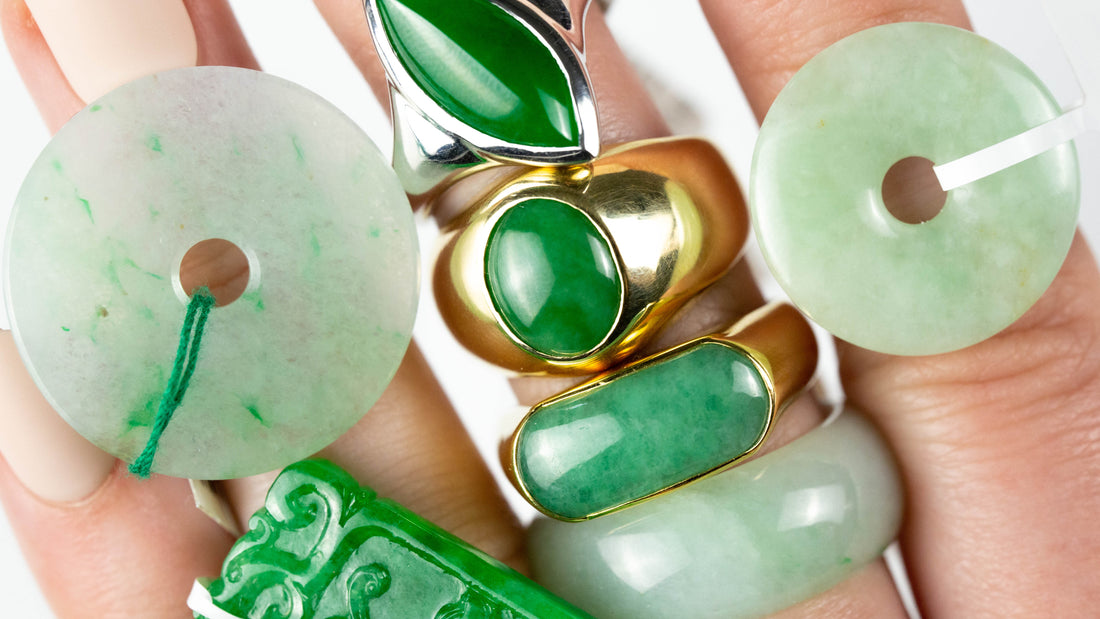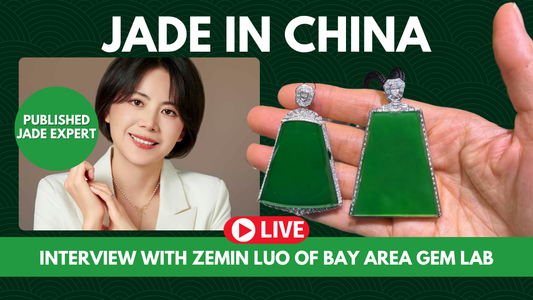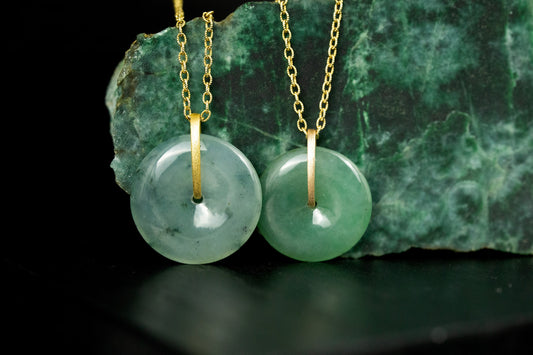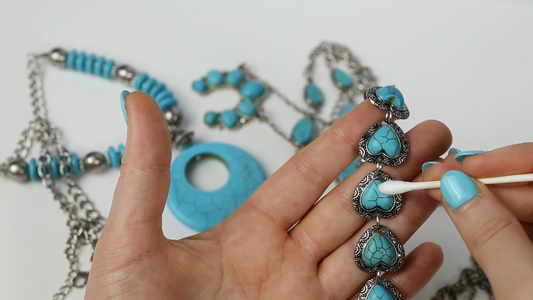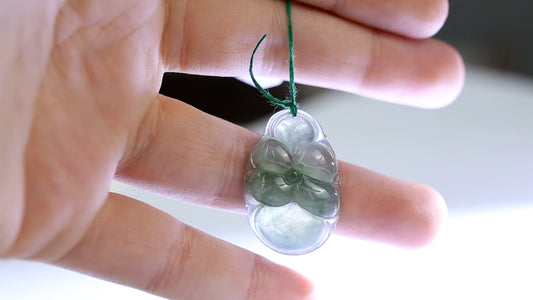If you’re looking for advice on how to sell your jade jewelry, you’ve come to the right place. The secondhand jade market is thriving, but before you sell, it’s essential to understand the difference between natural and treated jade. The value difference is significant, and most buyers are looking for natural jade.
In this blog post, we’ll guide you through the process of selling your jade and share some helpful tips.
First and foremost, you need to know whether your jade is natural or treated. Natural jade refers to jadeite that hasn’t been treated, while treated jade has usually undergone acid bleaching, impregnation with polymer, and/or dyeing. Treated jade is less valuable, brittle, and less stable in color. So, it’s crucial to determine what you have.
One way to determine if your jade is natural is to check if it has a gem report from a reputable company such as GIA, AGL, or Mason-Kay Jade. If you inherited the jade and are unsure if the report is legitimate, you can call the organization who wrote the report to verify. Not all reports are created equal, so make sure it’s from a lab your local jeweler would recommend.
If your jade doesn’t have a report, consult your local jeweler. They will examine your piece and tell you whether it needs to be tested or not. If it’s definitely not jade, they will identify it quickly. If it looks like jadeite, they will need to conduct advanced gemological testing to determine if it’s natural or treated.
Your local jeweler might not have this equipment in store, but they can either send it in for you or advise you to send it to GIA, AGL, or Mason-Kay Jade for testing.
Click here to submit your jade jewelry to Mason-Kay for testing or valuing.
For nephrite jade, Jade West in Canada recommends GIA for testing or Branko Gems, a lab in North Vancouver. Be suspicious of white nephrite, as it could be treated due to the high demand for white and mutton fat nephrite jade. If you want to speak to a nephrite expert, we recommend checking out Jade West at jademine.com.
Once you have a report or gemological testing confirming that you have natural jadeite jade, you can start searching for a buyer. Each piece of jade is unique, so not every method of selling may work for your particular situation. Here are a few options for selling your jade:
- Sell it to Mason-Kay. If you send your jade to Mason-Kay for testing with the intention of selling, they won’t charge you a testing fee if they end up buying it. Keep in mind that they will only buy natural jadeite, and they have to want it.
- Talk to your local jeweler. If you have proof that your jade is natural, your jeweler may be interested in buying it. However, they will not assume it’s natural if you don’t have a report. Therefore, they might only offer you the gold scrap value for the piece.
- Sell it online. Selling to an individual through Facebook Marketplace won’t get you retail value, but it will get you more than scrap value. If your jade has a report, it will be easier to sell online. Websites such as idonowidont.com are specifically designed for this type of thing. If you have an Etsy shop or know someone who does, selling your vintage or handmade jade jewelry on Etsy is probably the safest option.
In conclusion, selling your jade can be a profitable experience if you know what you’re doing. Understanding the value difference between natural and treated jade and knowing how to identify your jade will help you get the best price for your piece. Don’t be afraid to consult with professionals and explore different selling options to find the right buyer for your jade.

